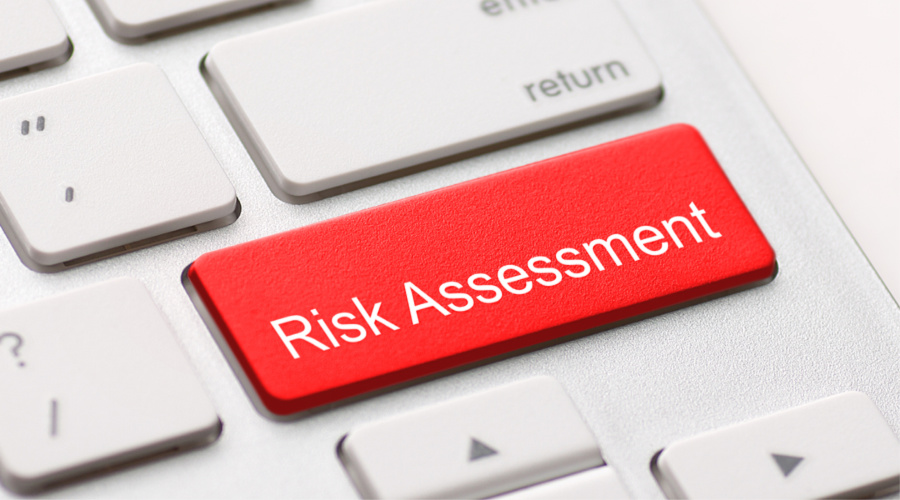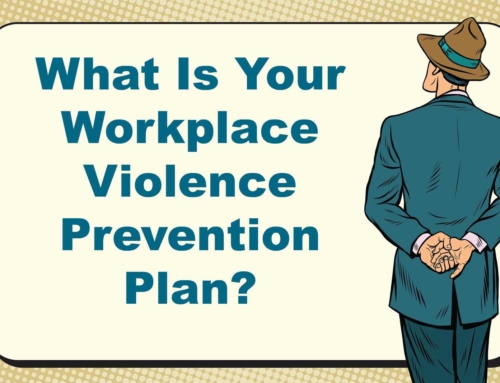In recent posts, I’ve discussed the importance and responsibility of employers to be proactive in their workplace safety precautions.
As we’ve learned, it’s not only to prevent possible injuries or even deaths (most importantly), but also to protect the company against law suits.
Businesses have a legal (and if I may say, moral) responsibility to keep their employees safe.
Ontario was the last province in Canada to initiate upgraded Occupational Health & Safety legislation requiring employers to further protect workers from acts of aggression and violence whilst at work.
In 2010 Bill 168 became law, perhaps better known as “Lori’s Law” after Lori Dupont, a nurse who was stabbed to death by her ex-boyfriend in front of patients whilst she was at work in a Windsor, Ontario hospital. The assailant was a doctor who still worked at the hospital.
Within the legislation, a great deal of emphasis is placed on conducting Risk Assessments within workplaces.
In essence, a risk analysis necessitates examining a workplace and making a list of everything that could go wrong in a given worksite situation and coming up with the best possible responses on how to deal effectively with each scenario and reduce the identified risk(s) if not eliminate it altogether.
The important thing is that it’s done proactively…before anything actually occurs.
This is especially imperative if your staff works in an atmosphere where they deal with the public on a daily basis. But remember, in any workplace, risks are everywhere.
Employers are required to examine different levels of risk based on potential violence and exposure to danger in a given situation, along with the urgency of the response required for that situation.
I have found that when you engage in the activity of thinking through a risk exercise, it tends to open up new perspectives on where the risks are and what the potential responses might be. It also allows you to think about all of the steps that could be taken to mitigate such risks ahead of time.
In the aftermath of an incident, an investigation will always examine the information that was known (or ought reasonably to have been known) to see whether an employer knew the risks but failed to take any steps to protect its workers.
With respect to Lori’s Law, had the hospital (the employer) known about the abusive relationship that Lori was suffering at the hands of her boyfriend (a co-worker), they would have acted to protect, not only Lori, but also other workers at the hospital— since everyone else was at risk as well.
Certainly, in healthcare settings where there are constant high-tension and high-traffic environments to manage, the risk analysis process focuses on those risks confronting staff safety every day.
As with other workers who engage with the public, staff in healthcare settings could experience violence and aggression from not only their co-workers and supervisors, but also from patients and visitors. All of these factors must be considered when conducting that risk assessment.
Some factors to consider in those risk conversations should include:
- Potential weapons that could be present (possessed by patients, their families, or friends)
- Onsite investigations involving the police and criminal containment at the facility
- Violent individuals who are detained in the healthcare facility
- Mentally ill individuals who have been diagnosed following an assessment, but who lack sufficient medical care
- Drugs that are available, making the facility a target
- Open access waiting areas that are unsecured and lack any screening
- Dangerous individuals who may be there to visit or obtain information regarding a patient
- Reduced staffing levels during various times of the day
- Isolated work locations where staff treat or examine patients
- Remote locations where there is a lack of backup or immediate assistance
- Lack of training regarding the recognition of escalating aggression and de-escalation techniques
- Security features that examine physical barriers, interior and exterior lighting, and physical alarm devices
- Etc…
The last thing anyone wants is for employees or the public to say after a violent incident:
“The employer should have done better. They should have known better.”
I’ve said it before and I’m going to repeat it now because you can never hear it too many times:
Employees need to be proactive…before they have to be reactive.







Leave A Comment